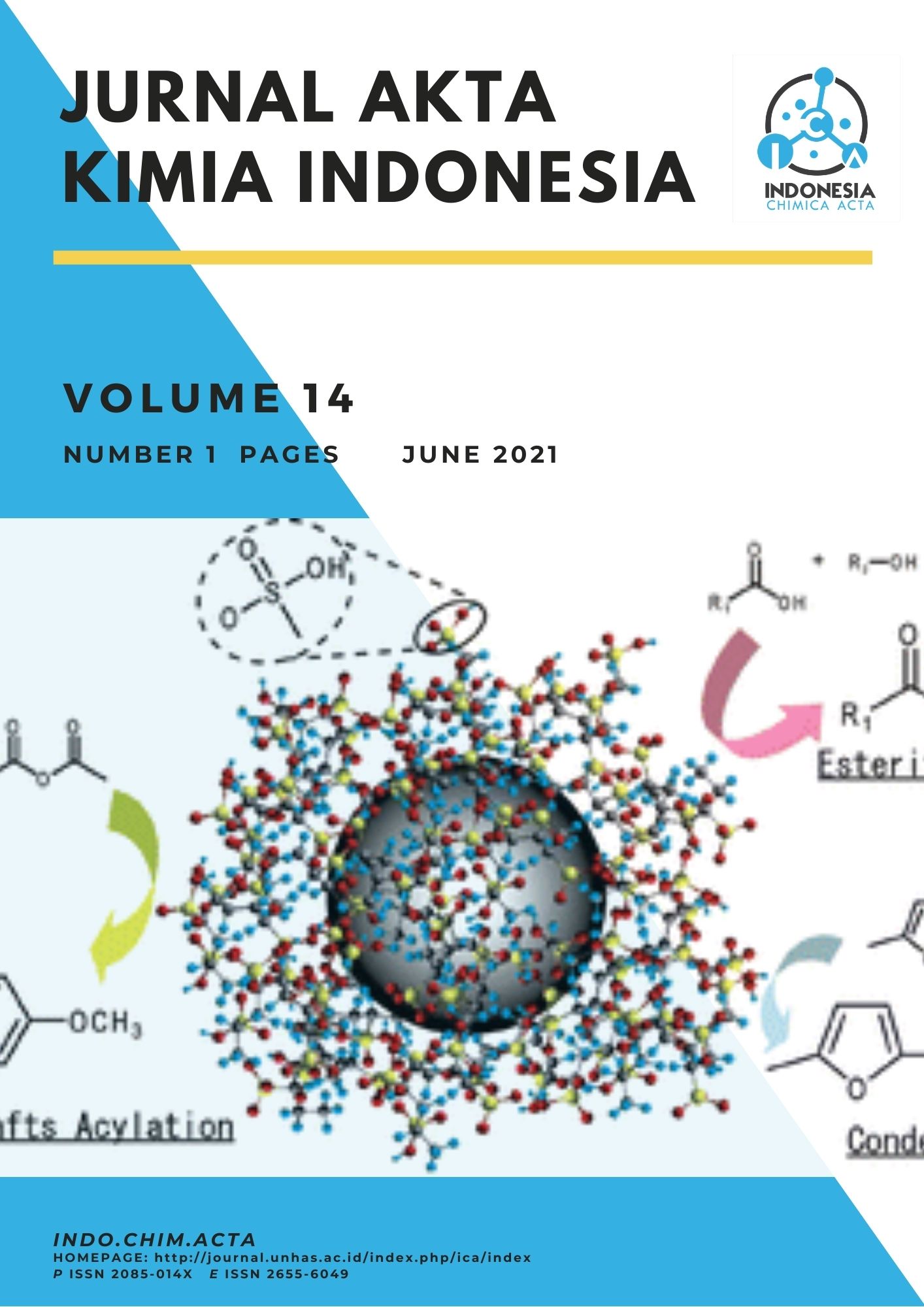Main Article Content
Abstract
Cinnamic acid amide derivatives play an essential role as anticancer agents because of their excellent inhibitory activity against tyrosine kinases. Tyrosine kinases are enzymes that are directly involved in the development of cancer cells. Therefore, to develop a new class of inhibitors, the amide derivative of cinnamic acid has been synthesized from p-coumaric acid to give N-butyl-3-(4-hydroxyphenyl)acrylamide (5). The synthesis stages include acetylation, chlorination, amidation, and deacetylation. The products were characterized by T.L.C. test, melting point determination, FT-IR, 13C-NMR, and 1H-NMR spectroscopy. The inhibitory activity of compound 5 was evaluated against the eight receptor tyrosine kinases (R.T.K.s) using the bioluminescent A.D.P. detection method. The results showed that compound 5 was obtained as a white crystalline solid with a melting point a 140-142°C and 95.45% yield. Of the eight R.T.K.s used, compound 5 only showed feeble inhibitory activity against the three R.T.K.s, namely c-MER, FLT1, and F.M.S., with inhibition percentages are lower than erlotinib. Thus, compound 5 has no potential as a tyrosine kinase enzyme inhibitor.
Article Details

This work is licensed under a Creative Commons Attribution-ShareAlike 4.0 International License.
How to Cite
hmuddin, amiruddin. (2021). Synthesis and Inhibitory Activity Evaluation of N-butyl-3(4-hydroxyphenyl)acrylamide Against Receptor Tyrosine Kinases (R.T.K.s). Jurnal Akta Kimia Indonesia (Indonesia Chimica Acta), 14(1). https://doi.org/10.20956/ica.v14i1.12111
